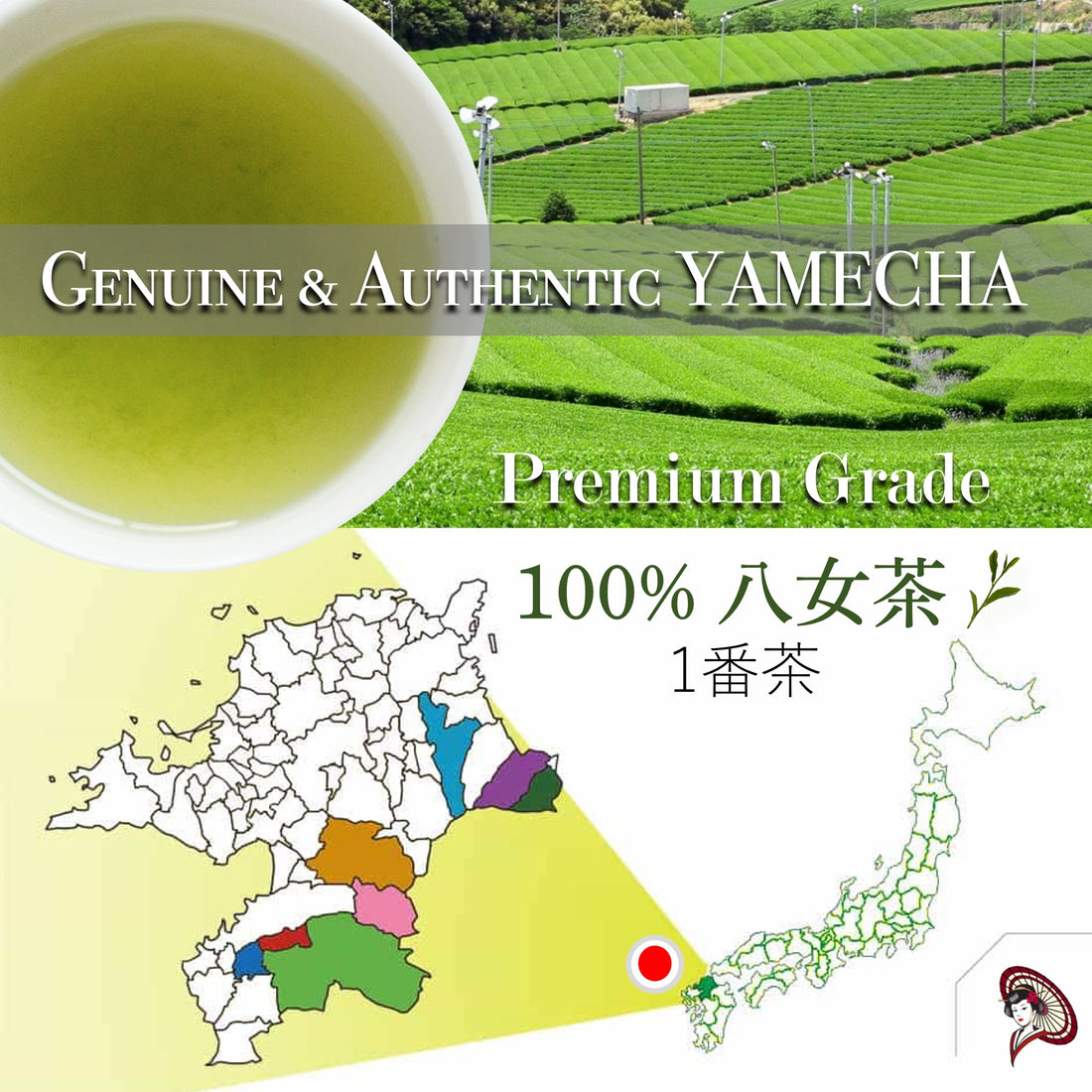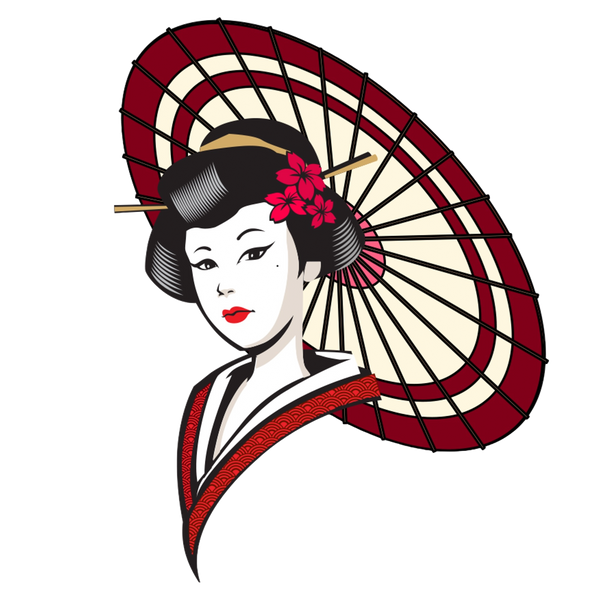
Types of Yame Tea Varieties
Share
Yame tea is renowned for its high quality, rich aroma, and mellow flavor, making it one of Japan's most esteemed teas. Several unique tea leaf varieties are cultivated in the Yame region, each offering distinct flavors and characteristics. Today, we’ll explore the representative varieties of Yame tea.
Yabukita
Yabukita is the most widely cultivated tea variety in Japan, and it holds a significant position in Yame tea production as well. Known for its well-balanced umami, astringency, and aroma, Yabukita is used to produce a wide range of Japanese teas, including sencha, deep-steamed tea (fukamushicha), and gyokuro. This variety is easy to grow, resistant to pests, and highly favored by producers.
Okumidori
Okumidori is a variety born from the crossbreeding of Yabukita and Shizuoka native tea plants. Mainly cultivated in the Kinki and Kyushu regions, Okumidori is known for its refreshing and clean taste. Its late harvest compared to Yabukita helps stagger the busy harvest period. The tea leaves are remarkably vibrant, with a citrus-like refreshing aroma and deep flavor, making it popular for matcha and sencha.
Saemidori
Saemidori is a relatively new variety characterized by its bright green color and mellow taste. It was created by crossbreeding Yabukita and Asatsuyu. The soft tea leaves and strong sweetness make Saemidori ideal for high-quality sencha and gyokuro. It is also enjoyed as cold tea due to its mellow flavor.
Yutakamidori
Yutakamidori is a variety primarily cultivated in the Kyushu region, especially in Yame. This variety is known for its rich aroma and sweetness and can be harvested earlier than Yabukita, making it popular among producers aiming for early harvests. Yutakamidori is widely enjoyed as sencha and deep-steamed tea.
Benifuuki
Benifuuki is a variety created by crossbreeding Assam and Darjeeling tea plants, initially developed for black tea production. However, it has recently been processed into green tea as well. Benifuuki is characterized by its strong astringency and rich aroma. It is particularly noted for its high content of methylated catechins, which have anti-allergy properties, making it popular as a health tea.
The Future of Yame Tea
Yame tea is highly valued both domestically and internationally for its quality and rich flavors. However, the industry faces challenges such as a lack of successors and an aging population of producers. To continue preserving the tradition and quality of Yame tea, regional support and consumer understanding are crucial.
At Mukoh Matcha, we are committed to spreading the charm of Yame tea through various activities. Please visit our website Mukoh Matcha to learn more about Yame tea and our products.
Conclusion
Each Yame tea variety offers unique characteristics and flavors. By enjoying Yabukita, Okumidori, Saemidori, Yutakamidori, and Benifuuki, you can appreciate the depth and diversity of Yame tea. At Mukoh Matcha, we carefully select the highest quality tea leaves to deliver the finest Yame tea to you, preserving its rich tradition. Enjoy the full, rich flavors and aromas of Yame tea with Mukoh Matcha.
